All articles
Whether you are a carer, a specialist, or completely new to continence care, Wellspect Education provides learning resources for your level of expertise.
Whether you are a carer, a specialist, or completely new to continence care, Wellspect Education provides learning resources for your level of expertise.

key:global.content-type: Article
Learn more about what cauda equina syndrome is, its effects on bladder and bowel, and how to manage bladder and bowel symptoms in cauda equina.
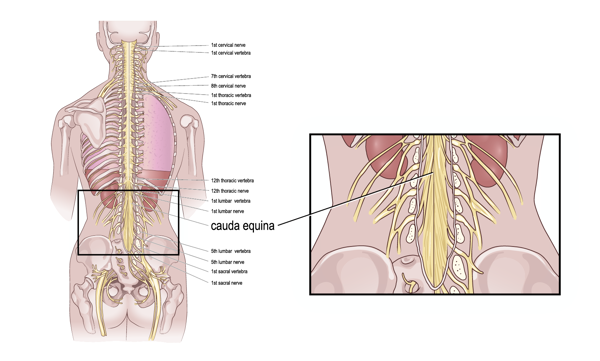
key:global.content-type: Article
In this article you will get the perspective from an individual with a SCI on the management of his bladder and bowel after the injury.

key:global.content-type: Article
Prolapse means "to fall out of place". Pelvic organ prolapse (POP) occurs when the vaginal walls, uterus, or both lose their normal support and fall out of place. Other nearby pelvic organs, such as the bladder or bowel, may be involved and also ‘drop’ from their normal position in the body. Cystocele is the most common type of POP.
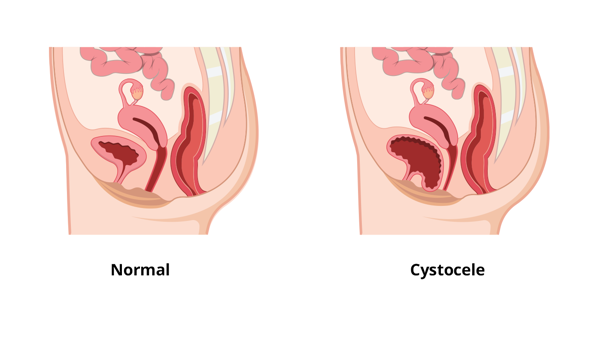
key:global.content-type: Article
Pelvic floor dysfunction (PFD) refers to a broad constellation of symptoms and anatomical changes related to abnormal function of the structures within the pelvic floor complex, which includes the supportive fibrous tissue called fascia, the blood and nerve supply and in particular the pelvic floor musculature.
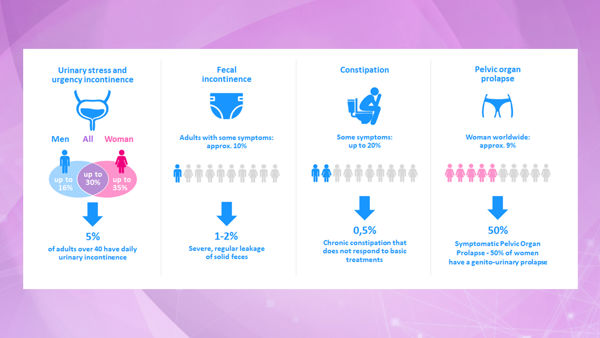
key:global.content-type: Article
Pelvic floor dysfunction is common, but not commonly talked about. In this article, you will find an explanation about basic pelvic floor anatomy, description of symptoms and how these can be managed, which can be downloaded and handed out to your patients.
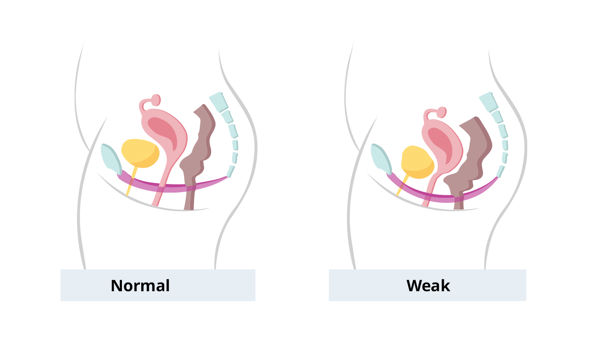
key:global.content-type: Article
The Urinary System is responsible for the eliminating of waste and extra fluid in the body, by making and excreting urine.
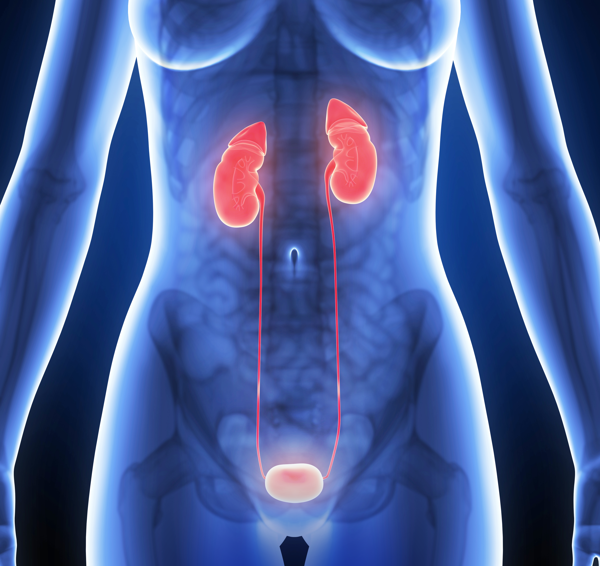
key:global.content-type: Article
The urinary system is responsible for the eliminating of waste and extra fluid in the body, by making and excreting urine.
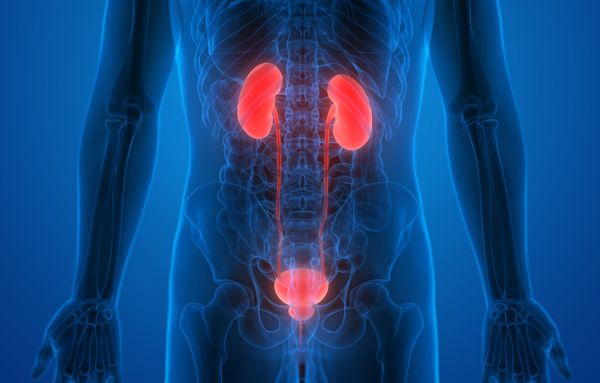
key:global.content-type: Article
Discover how the LoFric product range can help provide a solution, no matter how different patient needs are, for easy and safe intermittent catheterisation.

key:global.content-type: Article
Urinary retention is the inability to empty the bladder of urine, leaving behind a volume of urine which can lead to complications. It is important to realize that some people can still pass some urine but still be in retention as the volume left in the bladder is too high.
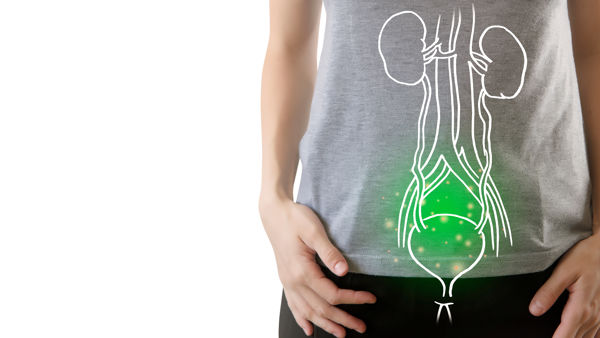
key:global.content-type: Article
Intermittent catheterisation requires a high level of patient commitment and some people may stop the therapy, particularly if under stress and if they have other illness to deal with. Patients need to be well motivated and require an appropriate level of manual dexterity.
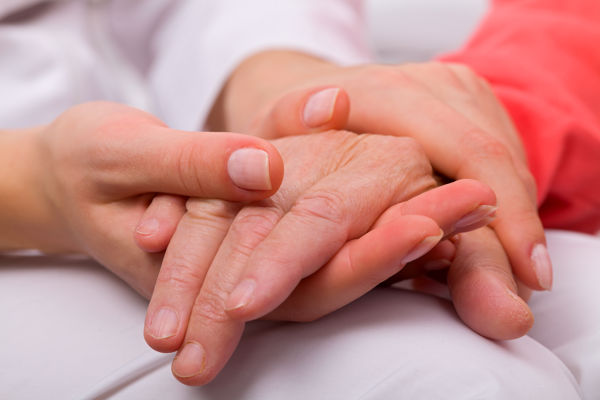
key:global.content-type: Article
The majority of individuals with spinal cord injury experience significant symptoms related to neurogenic bowel dysfunction, e.g. 42% experience constipation and as many as 77% experience faecal incontinence.

key:global.content-type: Article
Multiple sclerosis (MS) is a neurological condition that affects the nerves in the brain and spinal cord (the central nervous system). Not all people with MS will experience the same symptoms.
